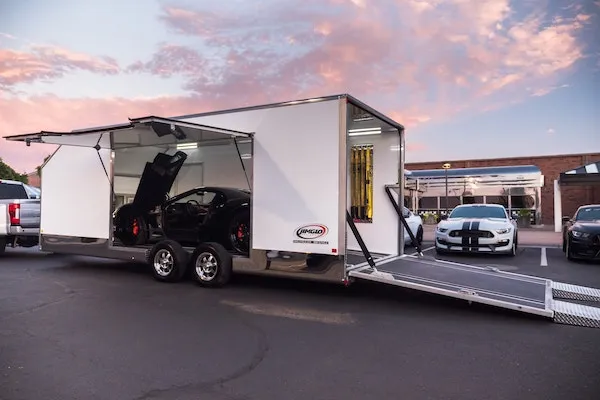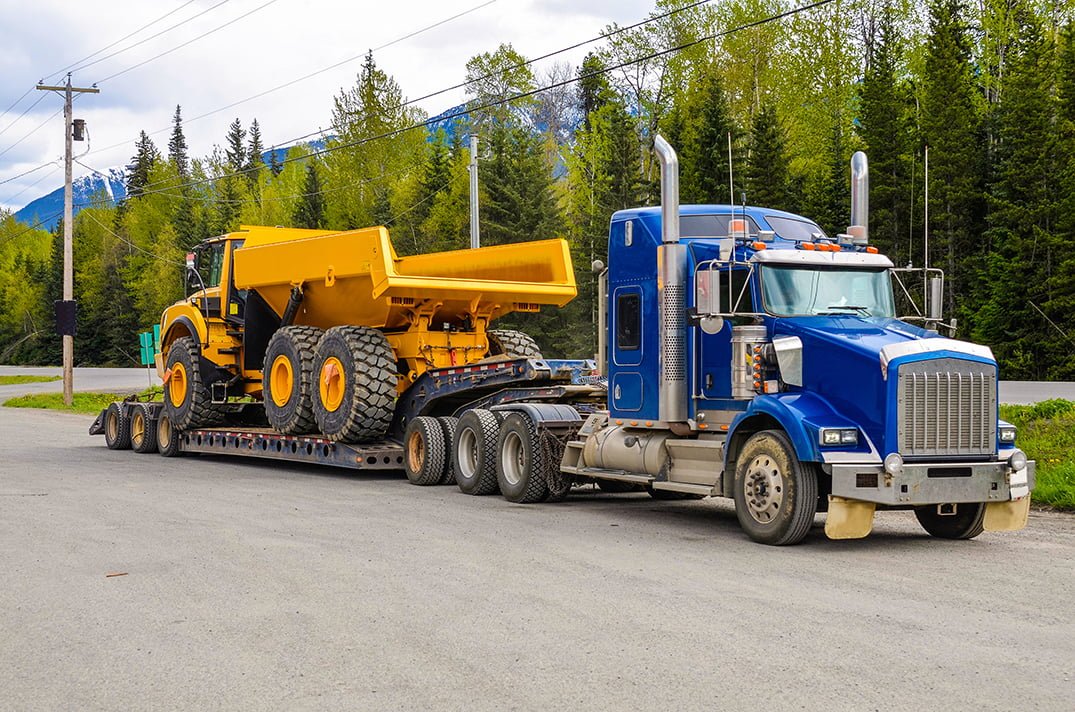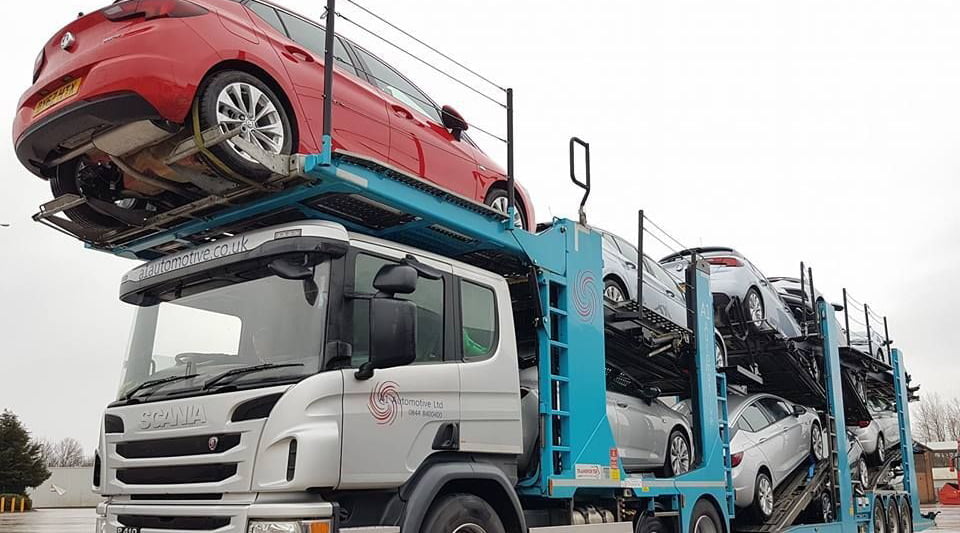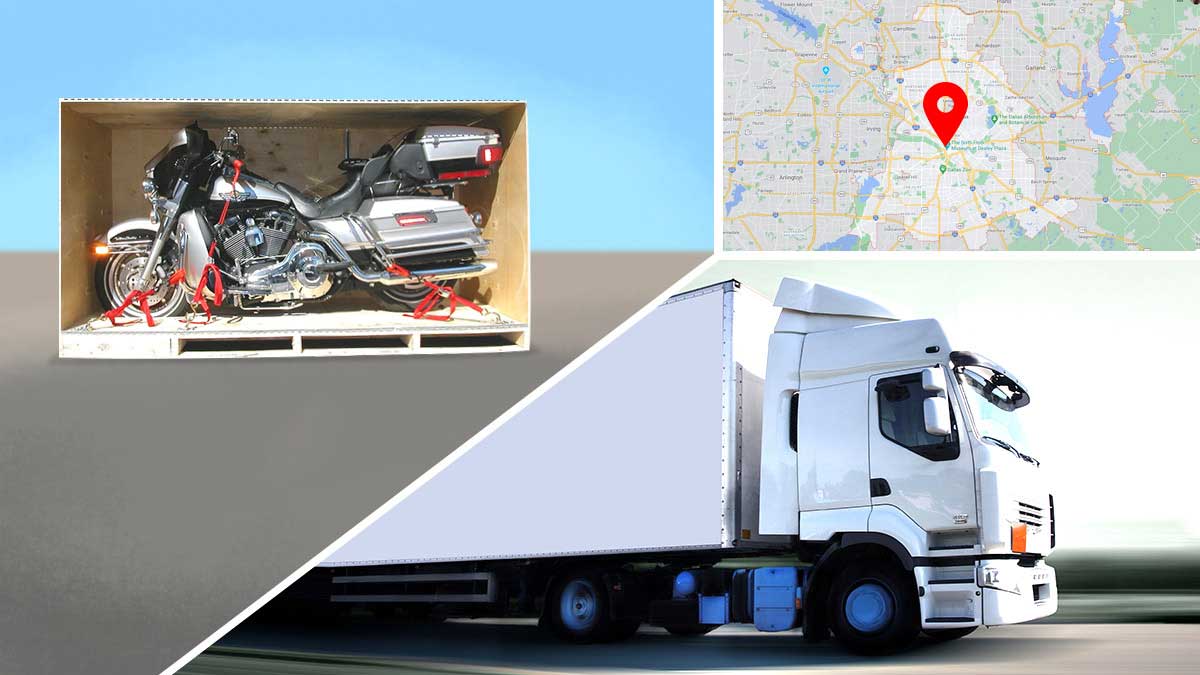In the dynamic world of auto transport, safety is paramount. Each day, countless vehicles take to the roads, transporting cars and goods across vast distances. However, behind this seemingly seamless operation lies a complex web of regulations and standards set forth by the Federal Motor Carrier Safety Administration (FMCSA). Understanding the role of FMCSA regulations in auto transport is crucial for ensuring the safety of drivers, cargo, and the public at large.
What is FMCSA?
The Federal Motor Carrier Safety Administration, or FMCSA, is a regulatory agency within the United States Department of Transportation (USDOT). Established with the mission of reducing crashes, injuries, and fatalities involving large trucks and buses, FMCSA plays a pivotal role in overseeing safety within the auto transport industry.
The Importance of FMCSA Regulations:
FMCSA regulations encompass a wide range of areas, including driver qualifications, vehicle maintenance, hours of service, and cargo securement, among others. These regulations are designed to promote safe driving practices, mitigate risks, and enhance overall road safety. By adhering to FMCSA guidelines, auto transport companies can minimize the likelihood of accidents, injuries, and property damage.
Driver Qualifications and Training:
One of the core aspects of FMCSA regulations pertains to driver qualifications and training. Before operating a commercial motor vehicle (CMV), drivers must meet specific requirements regarding age, licensing, medical fitness, and driving history. Additionally, FMCSA mandates ongoing training programs to ensure that drivers remain abreast of safety protocols, regulations, and best practices.
Vehicle Maintenance and Inspections:
Proper vehicle maintenance is essential for safe auto transport operations. FMCSA regulations dictate regular inspections, maintenance schedules, and record-keeping procedures for commercial vehicles. By adhering to these requirements, auto transport companies can identify and address potential mechanical issues before they escalate into safety hazards on the road.
Hours of Service Regulations:
Fatigue is a significant contributing factor to road accidents, particularly in the transportation industry. To combat this risk, FMCSA has established hours of service (HOS) regulations that govern the amount of time drivers can spend behind the wheel without rest. By enforcing limits on driving hours and mandating rest breaks, FMCSA aims to reduce the prevalence of driver fatigue and improve roadway safety.
Cargo Securement and Weight Limits:
Proper cargo securement is vital for preventing accidents and maintaining the stability of vehicles during transit. FMCSA regulations outline requirements for securing cargo, including the use of tie-downs, straps, and blocking materials. Additionally, FMCSA imposes weight limits to prevent overloading, which can compromise vehicle maneuverability and braking capabilities.
Enforcement and Compliance:
FMCSA ensures compliance with regulations through various enforcement mechanisms, including roadside inspections, compliance reviews, and audits. Non-compliant operators may face penalties, fines, or even suspension of operating authority. By holding auto transport companies accountable for safety standards, FMCSA fosters a culture of compliance and accountability within the industry.
Conclusion:
In conclusion, FMCSA regulations play a vital role in ensuring safety on the road in the auto transport industry. By establishing comprehensive guidelines for driver qualifications, vehicle maintenance, hours of service, and cargo securement, FMCSA aims to mitigate risks and enhance overall roadway safety, including at events like the Chicago Auto Show. Auto transport companies must prioritize compliance with FMCSA regulations to protect their drivers, cargo, and the public from potential harm. As the guardian of the highways, FMCSA continues to uphold its commitment to safety and innovation in the ever-evolving landscape of auto transport.







